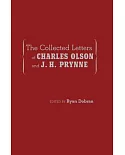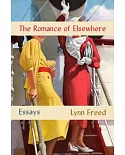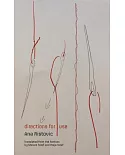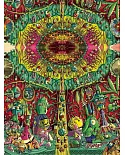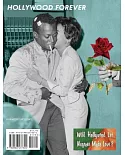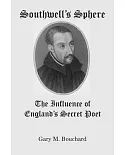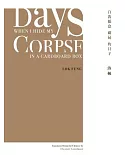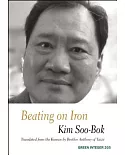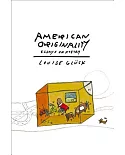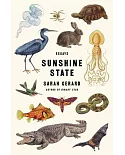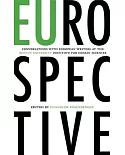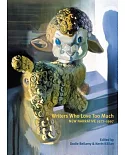In his eighty-eight years, Norman Maclean (1902–90) played many parts: fisherman, logger, firefighter, scholar, teacher. But it was a role he took up late in life, that of writer, that won
him enduring fame and critical acclaim—as well as the devotion of readers worldwide. Though the 1976 collection A River Runs Through It and Other Stories was the only book Maclean
published in his lifetime, it was an unexpected success, and the moving family tragedy of the title novella—based largely on Maclean’s memories of early twentieth-century Montana—has proved
to be one of the most enduring American stories ever written. The posthumous publication in 1992 of Young Men and Fire, Maclean’s deeply personal investigative account of a deadly
forest fire, only added to his reputation, reacquainting readers with the power of his sparse, evocative prose.
With The Norman Maclean Reader, the University of Chicago Press is proud to add a fitting final volume to Maclean’s celebrated oeuvre. Bringing together previously unpublished
materials with incidental writings and selections from his two masterpieces, the Reader will serve as the perfect introduction for readers new to Maclean, while offering longtime fans
new insight into his life and career. Much of the pleasure of TheNorman Maclean Reader is the rounded picture it gives of Maclean the man. A series of witty, perceptive
personal essays present Maclean from a variety of angles: in “This Quarter I Am Taking McKeon,” the master teacher distills the lessons of decades in the classroom; in “The Pure and the Good:
On Baseball and Backpacking,” Maclean the scholar turns his attention to poetic rhythm and the importance of craft; in “Retrievers Good and Bad,” we see Maclean the memoirist first beginning
to draw on his wealth of family stories. A generous selection of letters, as well as excerpts from a 1986 interview, serve to flesh out the Reader’s portrait of Maclean, showing
us a writer fully aware of the nuances of his craft, and a man as at home in the recondite atmosphere of the University of Chicago as in the quiet hills of his beloved Montana. The letters
find Maclean corresponding about fishing with Nick Lyons, the first significant reviewer of A River Runs Through It; about literature and teaching with Marie Borroff, a former student
who had become a professor of literature at Yale; about the Mann Gulch fire with Lois Jansson, the widow of one of Maclean’s sources; and about General Custer with historian Robert
Utley. Maclean’s writings on Custer comprise the most extensive unpublished material in the Reader. Fascinated by Custer’s tragic end and posthumous fame, Maclean dedicated years
in the late 1950s to studying the general, and though he was never able to shape his chapters on the topic into a complete book, to read them now is revelatory: as he explores the man and
myth of Custer, we see Maclean groping toward the rigorous yet personal hybrid form of historical storytelling that he would employ to such effect in Young Men and
Fire. Multifarious and moving, the works collected in The Norman Maclean Reader serve as both a summation and a celebration, giving readers a chance once again to hear one of
American literature’s most distinctive voices.



